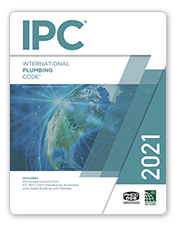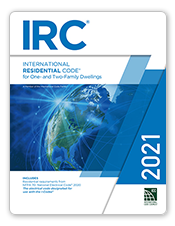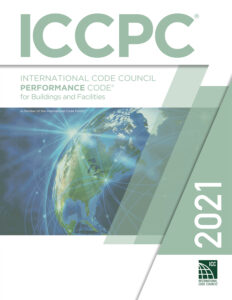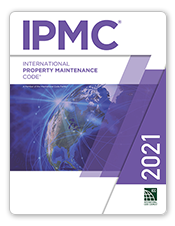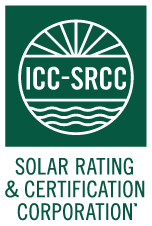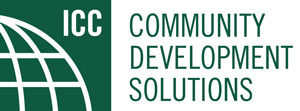
Resilience Toolkit
Creating Resilient Communities
Over the past twenty years communities worldwide have experienced disaster events that have significantly impacted their society, economy, and culture. As populations grow, urban areas expand, and interconnectedness increases, the potential for a disaster event to have deeper and further-reaching consequences also increases. As a result, there is a need to implement measures that increase resilience across the social, organizational, and infrastructural aspects of communities - community resilience.
Resiliency is about the ability to plan and prepare for, absorb, recover from, and more successfully adapt to adverse events regardless of whether the subject is an individual or our society, a business or our economy, a single bridge or all critical infrastructure.
We frame resilience in four ways: (1) efficient disaster mitigation and recovery, (2) ensuring occupant mental and physical health and wellbeing, (3) improving building life cycles, and (4) creating a sustainable community.
The International Code Council has several resources available to assist jurisdictions, manufacturers and the public. For decades, ICC’s codes and standards have addressed resilient and energy-related issues and we remain committed to working with Member Jurisdictions and industry partners to bring the right building products and practices to market, labeling new homes and structures as more efficient, and spreading the word about the need for wiser resource usage and building resilient structures. The Alliance for National & Community Resilience (ANCR), a member of the ICC Family of Solutions, provides communities with resources to help them build off strong building codes to advance resilience across all aspects of the community.
Creating a resilient nation requires diligent planning and innovative thinking. Incorporating new technologies in current building practices to achieve higher resiliency is exciting but can be expensive. Thankfully, effectively utilizing current codes and standards throughout all phases of the building’s lifecycle increases the efficacy of new building technologies and offers a cost effective path toward community stability during times of disaster. Resilience starts with strong, regularly updated, and properly implemented building codes.
The Code Council ICC is a member of the FEMA Resilient National Partnership Network, a founding member of the U.S. Resiliency Council, a signatory to the Industry Statement on Resilience.
Building Codes: The Foundation for Resilience
Building codes are a fundamental contributor to community resilience. A community cannot be resilient without resilient buildings and the codes that support their development. As identified in Building Community Resilience through Modern Model Building Codes, “Resilience in the built environment starts with strong, regularly adopted, and properly administered building codes.”
The Code Council has developed a series of white papers on how individual codes contribute to community resilience:
- The Resilience Contributions of the International Building Code
- The Important Role of Energy Codes in Achieving Resilience
- Wildland Urban Interface Codes Support Community Resilience
Numerous studies have been conducted to date to determine the effectiveness of codes and support updates based on lessons learned following disasters. The National Institute of Buildings Sciences (NIBS) in its Natural Hazard Mitigation Saves: 2018 Interim Report found that adoption of the 2018 International Building Code (IBC) and the 2018 International Residential Code (IRC) provide an $11 benefit for every $1 invested when compared to codes in place around 1990. Higher benefits can accrue when benefits and costs are studied at a more localized level. Learn more about how Up-To-Date Building Codes Support Safe, Sustainable and Resilient Communities.
A “whole community” approach
Communities are complex, interconnected systems. Community systems are rarely, if ever, isolated from one another. When adverse events occur, all components in the local system must continue to function. An office building with functioning electricity cannot effectively operate if employees are unable to commute because public transit is shutdown. A structure built to code that stands tall in a disaster must be reachable by roads and sidewalks during and after that disaster to be occupied. Employees can’t effectively function if grocery store shelves are bare, etc.
For a community to be resilient, it must understand the resilience of each community function and how well each can respond to adverse events. That means having a community plan to get critical systems operating again. Resilience in the built environment begins with strong, regularly adopted and properly administered building codes, but communities must look across all of its interconnected functions to truly be a resilient community.
Through the Alliance for National & Community Resilience (ANCR), the Code Council is working to build on the strong foundation provided by building codes to support a whole community approach to protecting the health, safety and welfare of communities and their residents.
Resilience is…
Efficient Disaster Mitigation & Recovery
- Provisions in the I-Codes address disaster preparedness and recovery – from how and where to build in flood plains to constructing buildings that can better withstand natural and manmade disasters.
- Codes are cost-effective, too. A study done by the National Institute of Building Sciences’ Multihazard Mitigation Council showed that every dollar spent on mitigation efforts like adopting current codes, created savings in post-disaster relief costs.
- A recent FEMA study also found that the IRC and IBC provided more than $27 billion in cumulative mitigation benefits against flood, hurricane wind, and earthquake hazards from 2000 to 2016.
Ensuring Mental & Physical Health and Wellbeing
- Provisions in the I-Codes address mental and physical health and well-being from dealing with sanitation and pest control to designing buildings that respond to the latest science on mood and mental health.
Improving Building Life Cycles
- Provisions in the I-Codes enable changes to the systems inside the building or even the structure itself at some point after its initial construction and occupation including repair, alteration, change of occupancy, addition to and relocation of existing buildings.
- As communities change, so do the buildings they use. Updated codes allow buildings to adapt, keeping a sense of continuity while also reducing blight from outdated, unused buildings.
Creating a Sustainable Community
- Provisions in the I-Codes include sustainability measures for the entire construction project and its site making buildings more efficient and less economically and environmentally wasteful.
- Building sustainably has effects that go beyond the walls and into the community – for example, car charging stations make it easier to own eco-friendly vehicles and smart grid demand response systems lower energy prices for the consumer and increase grid stability for the surrounding area.

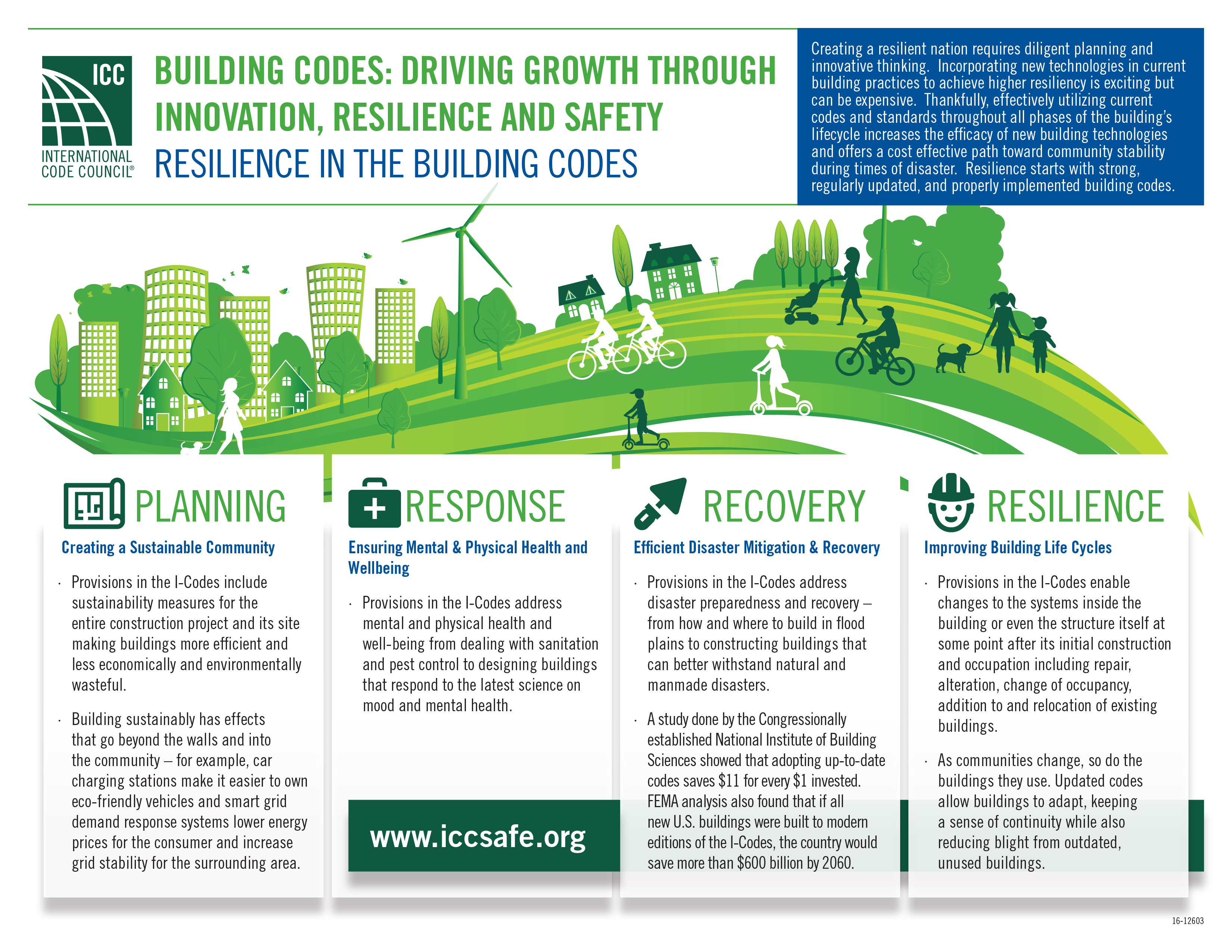
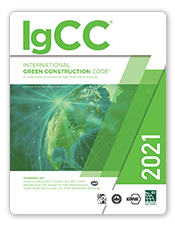
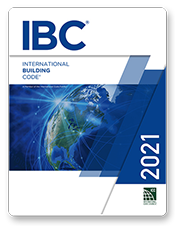
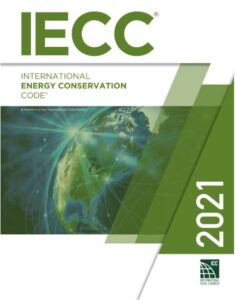
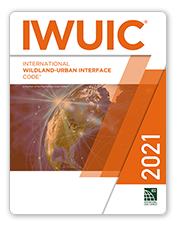
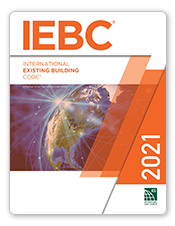
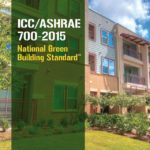 ICC 700-2015 National Green Building Standard
ICC 700-2015 National Green Building Standard